It’s true that festivals and celebrations reflect the cultural beauties of a region, it would be a matchless experience to visit a destination during festival days and join these cultural treasures along with enjoying the tangible heritage. Iranians are a multi-ethnic nation and a mixture of different religions; this diversity leads to interesting sets of popular festivities which celebrated in Iran round the year in different parts of this vast land.
The festive days in Iran have various roots such as ancient beliefs of Zoroastrianism culture based on Jalali Calendar or Islamic events based on Lunar Calendar. We can categorize these holidays and events into four titles. The first one is Persian Festivals which mostly have Zoroastrian roots, the second important category is Islamic Events of Arabic calendar, the next is Harvest Festivals of Iranian unique products and the last section are National Holidays about Iran revolution in 1979.
1. The first and most popular festivals in Iran are Persian festivals which have their roots in ancient times and mostly Zoroastrian culture, the famous ones are celebrated all over the country but some others are just celebrated in specific regions and provinces.
“Sorkhi-ye man az to, Zardi-ye to az man” which means “Give me your fiery red color and take back my wintry shallowness yellow”.
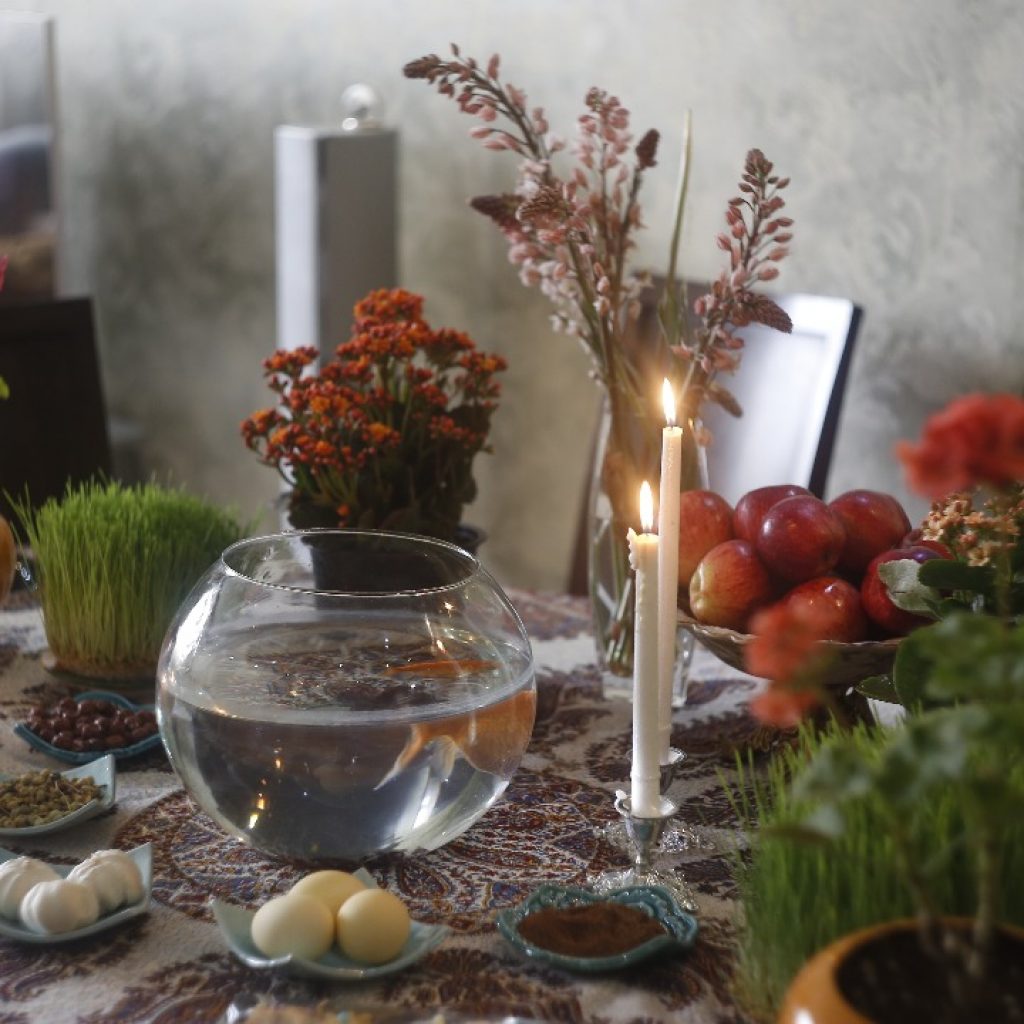
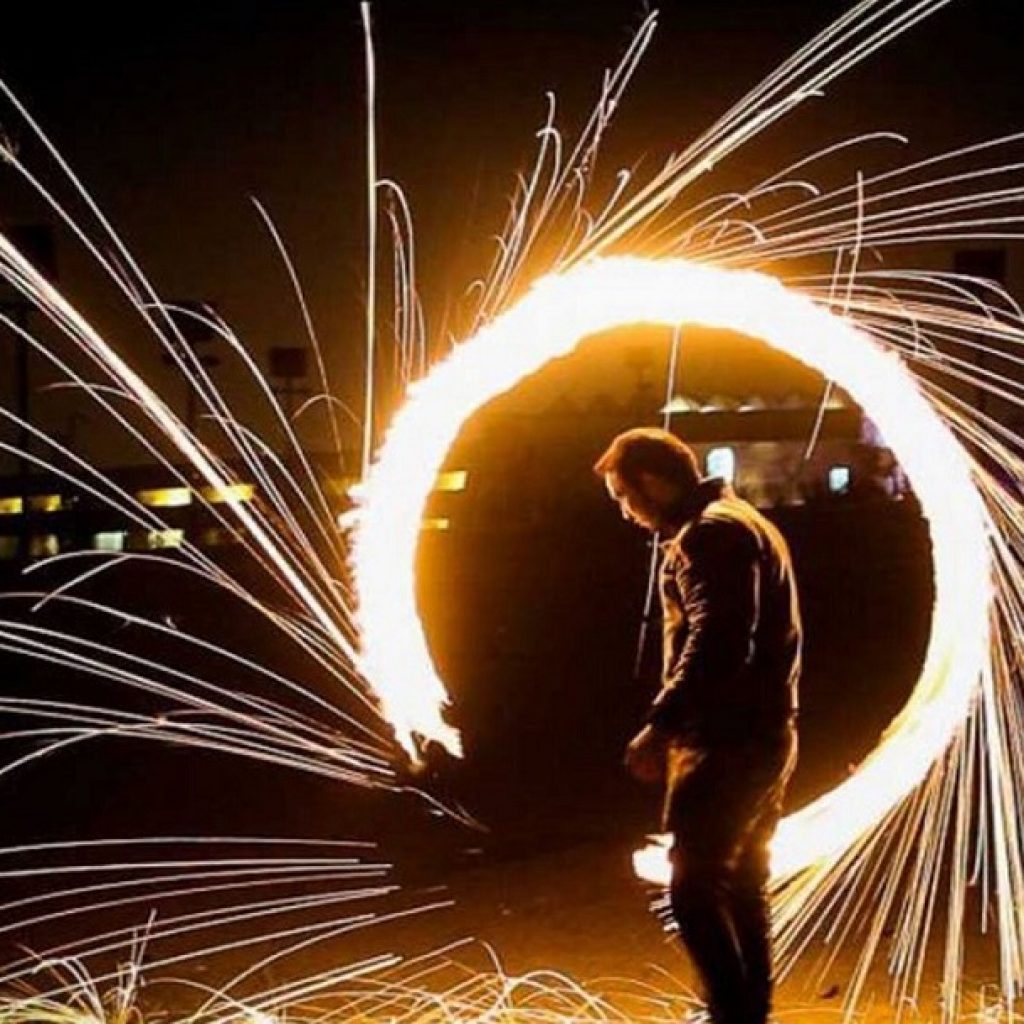
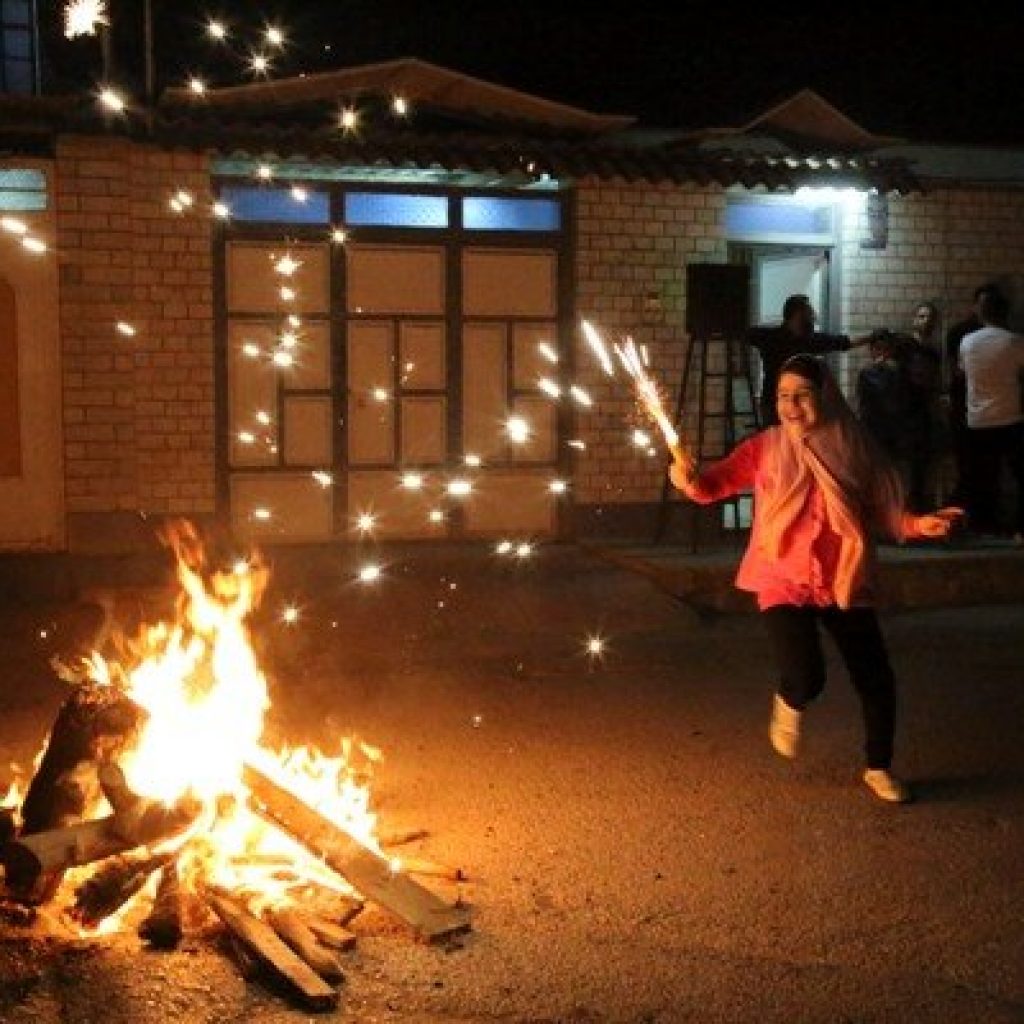
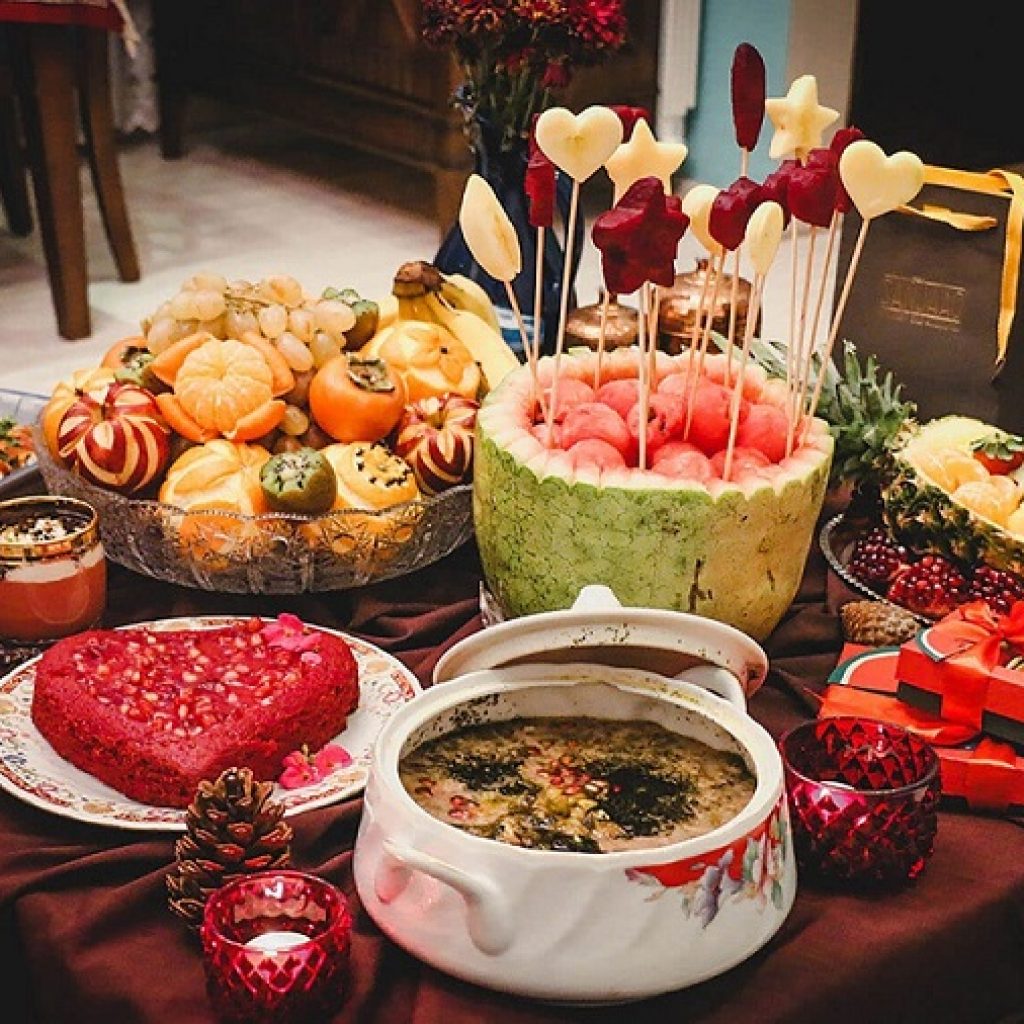

2. As a Shiite Muslim country, Islamic Events are the other big reason in Iran for holding religious festivals including unique rituals in many parts of the country.
3. Harvest Festivals are getting more popular day by day among travelers due to the variety of products under diverse climate in Iran. Unique Persian products such as Saffron, Pomegranate, Pistachio, Date, Barberry and Pink Rose are the most important products that farmers around the country hold annual harvest festivals.
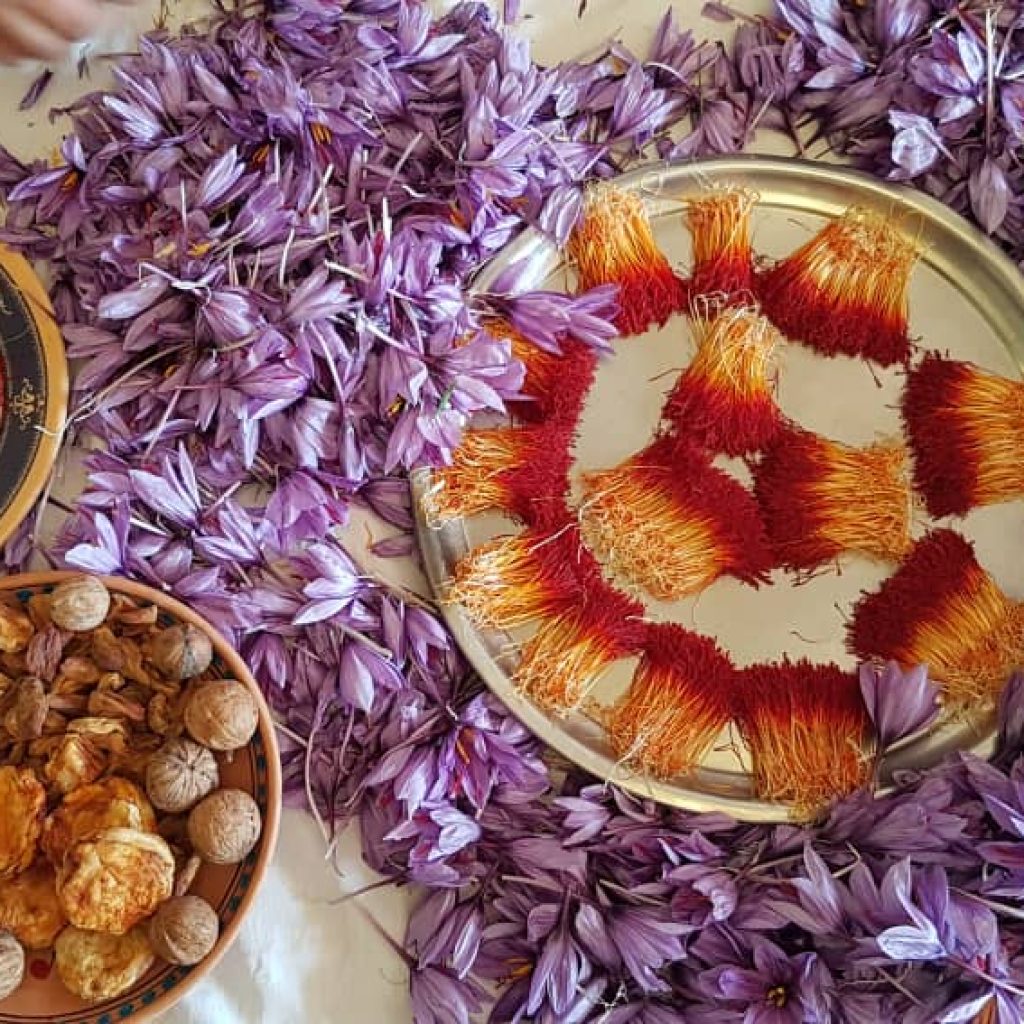

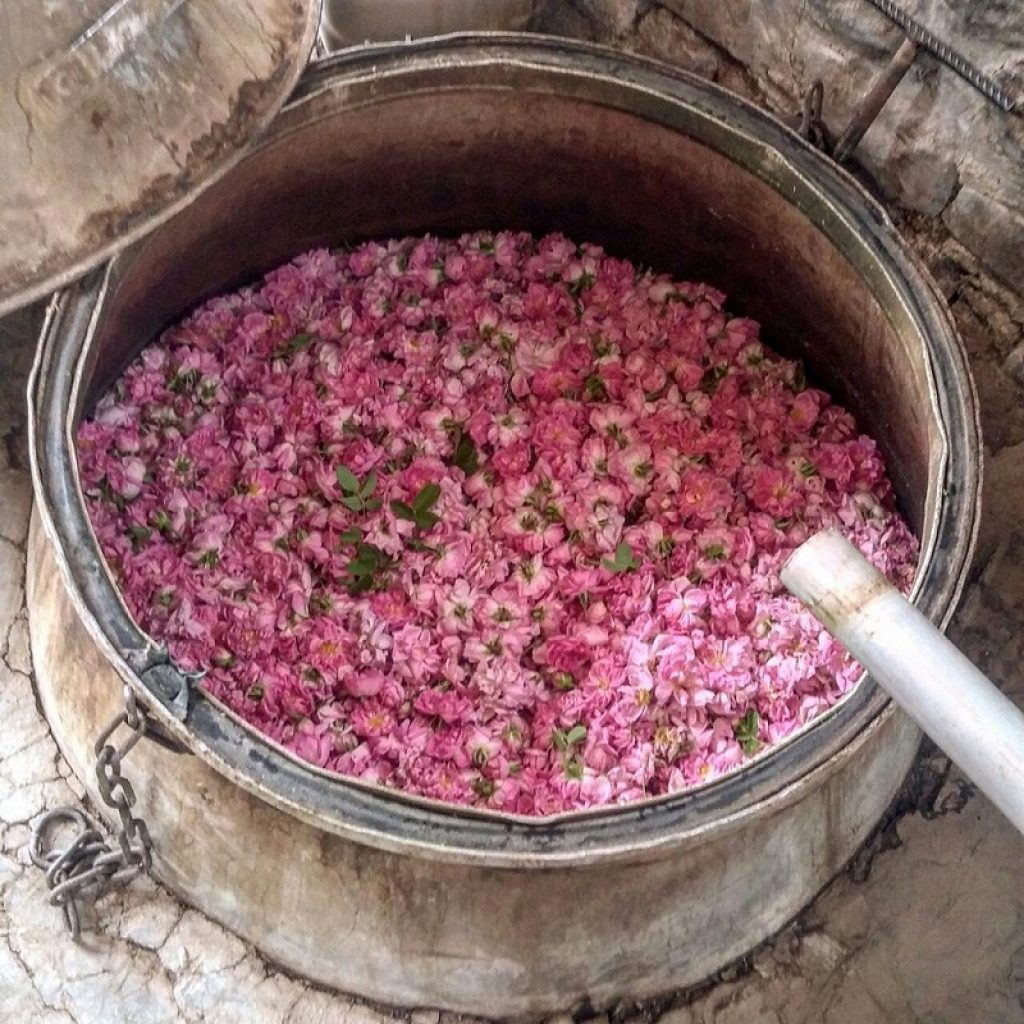
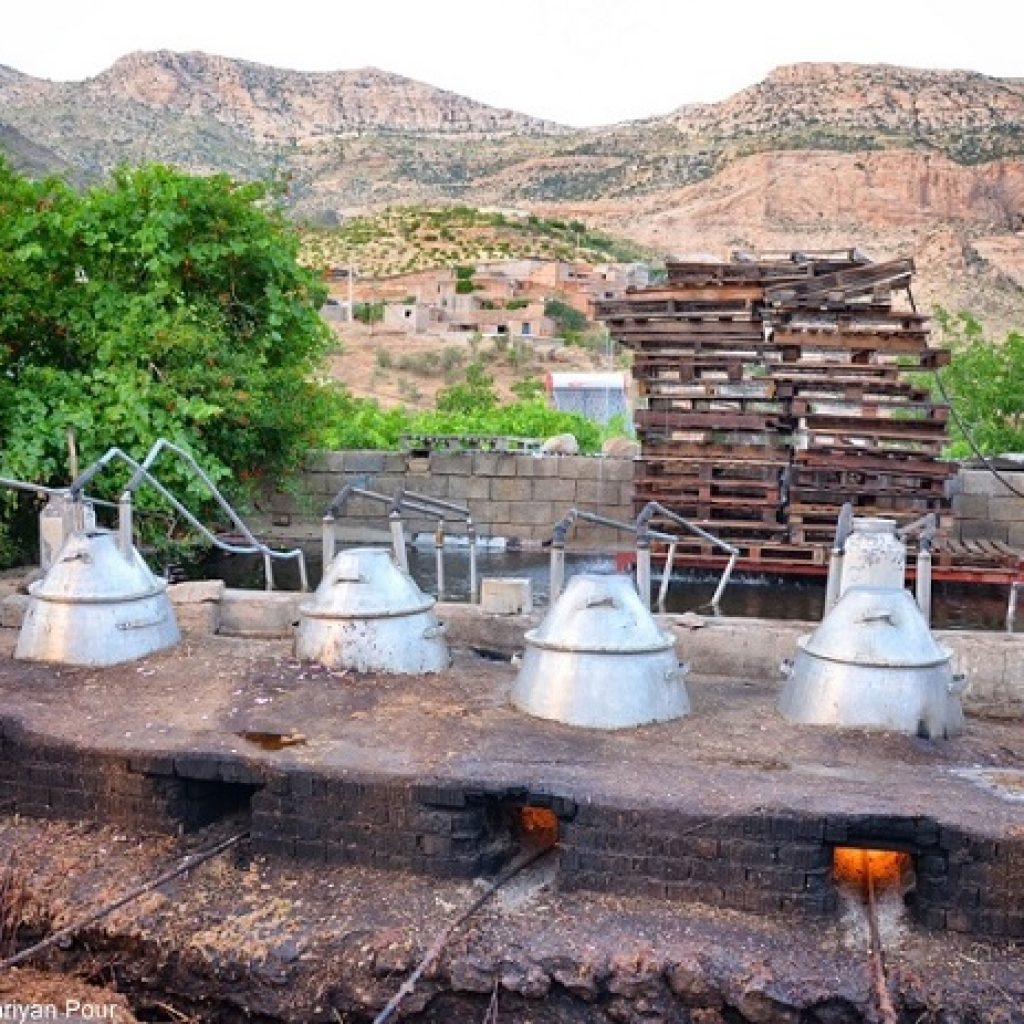
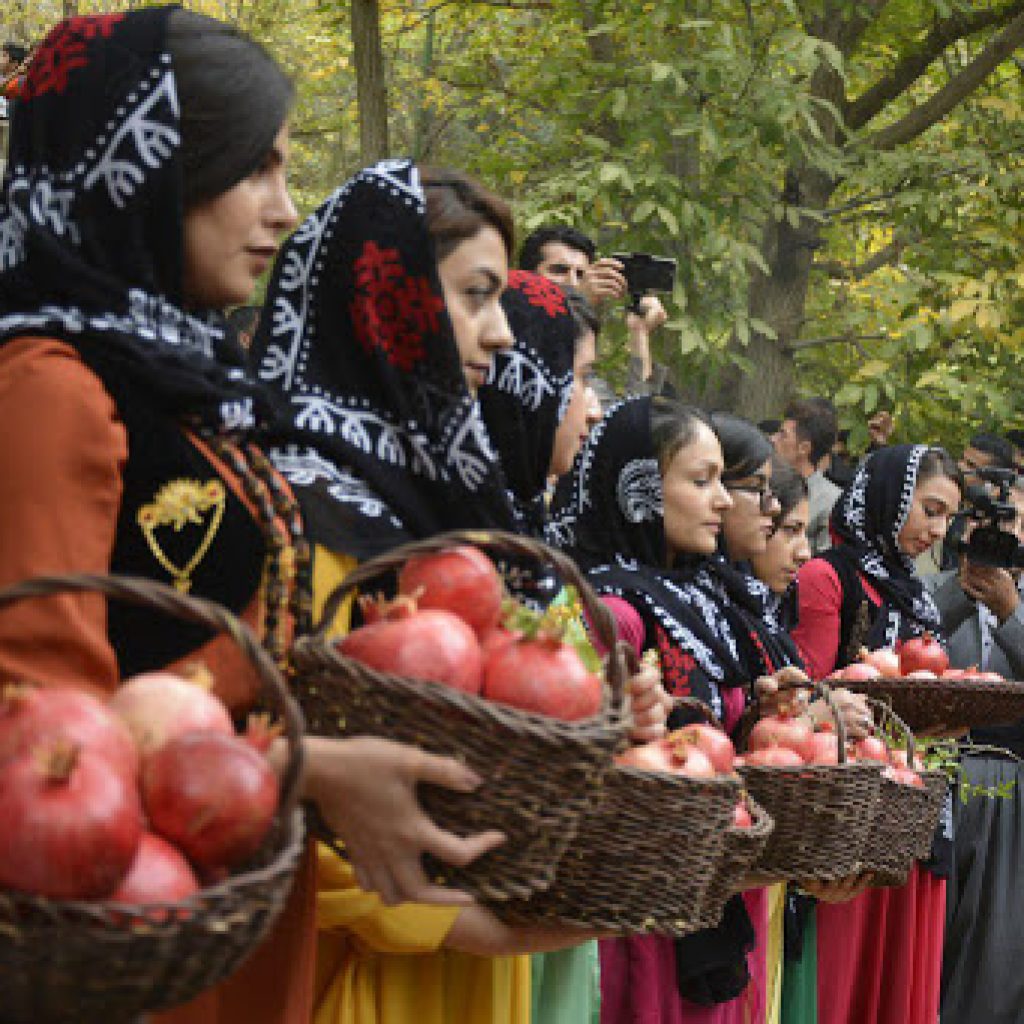
Take a break, sit back and relax, while we take care of your travel arrangements. Choose from a range of our tour packages, whether with inclusive flight tickets or without. Our custom-tailored packages guarantee an unforgettable experience with memories to cherish.
Our visa experts ensure seamless and timely processing of Iranian visas. From tourist and visas to for permanent residents and business, we provide end-to-end services tailored to your specific needs.